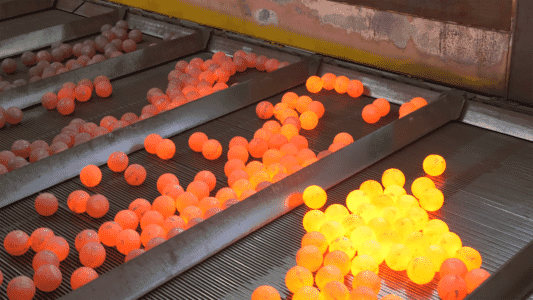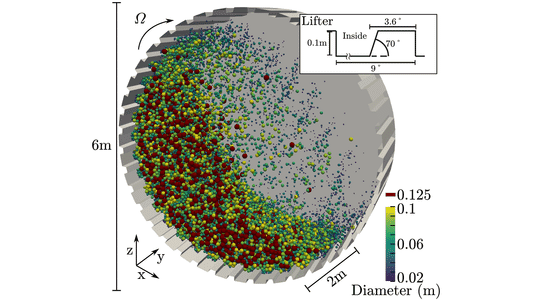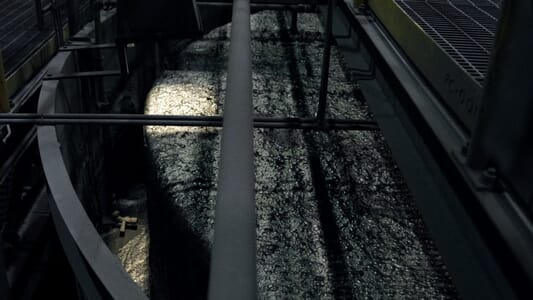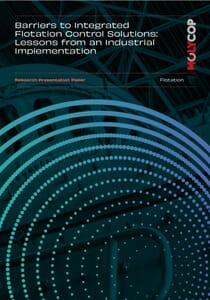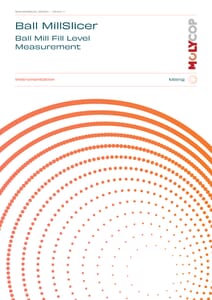Agnico Eagle Fosterville Gold Mine (Fosterville) operates a gold plant in Australia comprising of a crushing and grinding circuit (SAG mill with a closed loop cyclone classification circuit) followed by flotation, bacterial oxidation and leaching circuits. The lack of surge capacity between the grinding and flotation circuit and restrictions on crushing operations due to noise constraints resulted in unique set of challenges, that required the implementation of a novel control solution using advanced instrumentation.
- Fosterville Gold Mine faced unique challenges and implemented a novel control solution using advanced instrumentation
- Objectives were to improve grinding efficiency and provide a consistent feed to the flotation circuit
- Control strategies included using cameras for feed control, optimizing flotation feed density, and stabilizing the discharge circuit
- Positive outcomes: Improved circuit stability, increased recoveries, and 11% reduction in specific energy, potentially reducing CO2 emissions by 806 tonnes/year
.png)
The lack of surge capacity between the grinding and flotation circuit and restrictions on crushing operations due to noise constraints resulted in unique set of challenges ...
The main objectives of the control solution discussed in this paper were to improve grinding efficiency and to provide a consistent feed to the flotation circuit. Different to many other grinding operations, Fosterville is currently mine-constrained, and the maximisation of throughput was not the main objective. The feed density to the flotation circuit was identified as a key variable– with low densities having a potentially negative impact on recoveries. Without any surge capacity between the grinding and flotation circuits, stabilisation of the cyclone overflow density to the flotation circuit formed a key aspect of the grinding control solution – not only to stabilise the grinding circuit, but also to provide a consistent feed of the required density to the flotation circuit.


